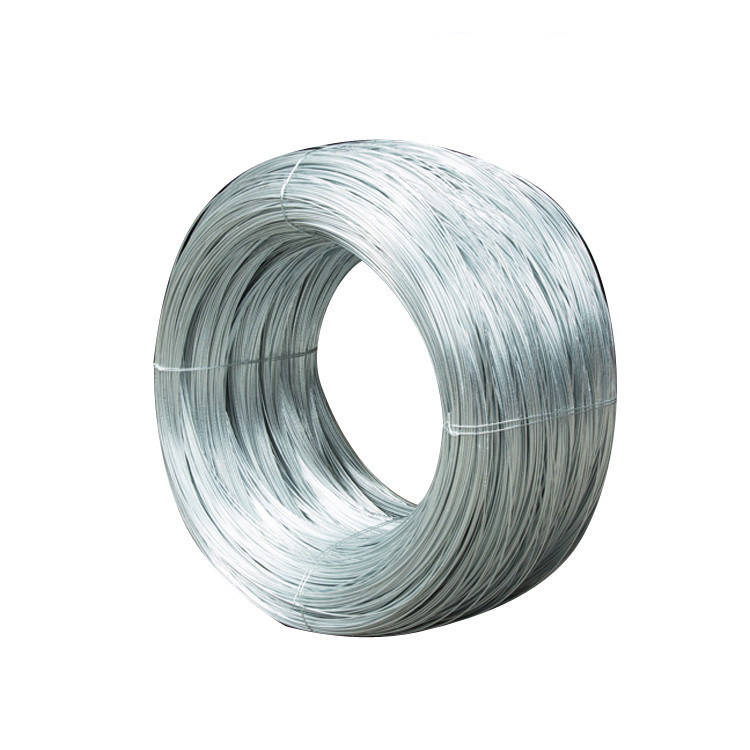
- Mobile Phone
- +8613931874955
- sales@cntcmetal.com
Understanding the Mechanics of Tension Springs and Hooks for Effective Applications
Understanding Tension Springs and Hooks The Mechanics of Everyday Objects
Tension springs are an essential component in many mechanical assemblies, found in tools, toys, vehicles, and various other applications. They work on a simple yet effective principle of tension, where they are designed to absorb and store energy when stretched or compressed. This article will explore the workings of tension springs, their applications, and how they relate to hooks, which are often part of the spring mechanisms.
What is a Tension Spring?
A tension spring is a type of spring that is specifically engineered to resist tensile forces, or pulling forces. Unlike compression springs, which are designed to operate under compressive forces, tension springs are meant to stretch and apply resistance when an external force attempts to pull apart the components to which they are attached. The most common types of tension springs are made from coiled wire, featuring a helix shape that allows the spring to expand and contract efficiently.
The basic design of a tension spring includes two hooks at its ends, which are used to attach the spring to other mechanical parts or structures. These hooks play a crucial role in the overall function of the spring, allowing for easy installation and efficient operation within various systems.
How Does a Tension Spring Work?
When a tension spring is pulled, it elongates, creating a stored energy that can be released when the force is removed. This behavior is governed by Hooke's Law, which states that the force exerted by a spring is directly proportional to its elongation or compression within the elastic limit of the material. This linear relationship enables designers and engineers to predict how much force will be needed for a given extension, making tension springs reliable for many applications.
Applications of Tension Springs
Tension springs can be found in a myriad of settings and devices
. Some typical applications include1. Automotive In cars, tension springs are used in various systems, including seat mechanisms, trunk closures, and in the suspension systems to maintain proper alignment and comfort.
tension spring hook

2. Machinery In industrial machinery, tension springs are used to provide tension and stability in conveyor systems, ensuring that components operate smoothly and efficiently.
3. Consumer Products From sewing machines to toys, tension springs are utilized to provide the necessary resistance for function. For instance, many children’s toys incorporate tension springs to enable movement or sound.
4. Fitness Equipment In resistance machines, tension springs can be found to provide adjustable resistance during workouts, offering users a customizable exercise experience.
The Importance of Hooks
The hooks on tension springs are vital for their functionality. They are responsible for connecting the spring to other components, ensuring that the spring can effectively exert its force where needed. These hooks can come in various shapes and sizes, depending on the specific requirements of the application.
Moreover, the design of these hooks significantly contributes to the overall safety and durability of the spring mechanism. A well-designed hook will not only facilitate a secure grip but also ensure that the tension spring operates efficiently under load without the risk of detachment or failure.
Conclusion
Tension springs, with their simple yet impactful design, play a fundamental role in numerous applications across diverse industries. Their ability to store and release energy through tension provides solutions for both everyday products and complex machinery. The hooks that attach these springs to various components are critical in harnessing the spring's potential, underscoring the importance of precision in their design and application.
By understanding the mechanics of tension springs and their associated hooks, engineers and designers can continue to innovate and improve the functionality of the many devices we rely on daily. As technology evolves, so too will the designs and applications of tension springs, ensuring their relevance in the ever-changing landscape of mechanical engineering. Whether in our cars, appliances, or toys, tension springs remain an indispensable technology that exemplifies the beauty of physics in motion.
share:
-
Why Sacrificial Formwork Is Redefining Underground ConstructionNewsJun.06,2025
-
The Structural Dynamics of Modern Concrete: How Snake Spacers Revolutionize Flexible ReinforcementNewsJun.06,2025
-
Snake Spacers Smart-Lock Concrete Reinforcement with Surgical PrecisionNewsJun.06,2025
-
Snake Spacers: Reinforcement Precision for Modern Concrete ProjectsNewsJun.06,2025
-
Snake Spacers Powering Concrete's Structural DNANewsJun.06,2025
-
Slither into Success: Snake Spacers' Precision Bite for Unbreakable ReinforcementNewsJun.06,2025
-
Sacrificial Formwork: Building Stronger, Faster, and Safer StructuresNewsJun.06,2025



















